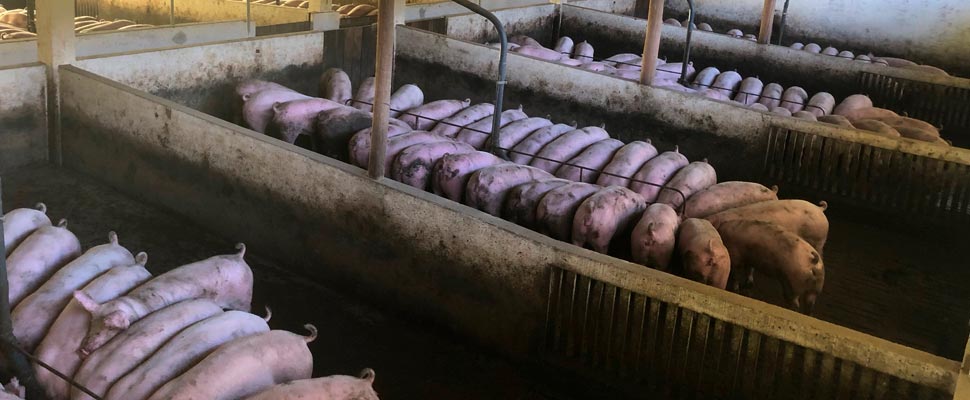What is the relationship between zoonotic diseases and animal exploitation?
Study ensures that COVID-19 is a clear example of the relationship between various diseases and animal exploitation.

Mass animal consumption can also be considered animal exploitation. Photo: Pexels
LatinAmerican Post | July Vanesa López Romero
Listen to this article
Leer en español: ¿Qué relación hay entre las enfermedades zoonóticas y la explotación animal?
The COVID-19 pandemic not only showed how fragile the global economy is, how poorly prepared we are to avoid a catastrophe at a global level or the problems that can be generated environmentally by not thinking about sustainable economies and policies, but it also put of entredich or how problematic the consumption of animals as a food base for human beings can be .
Recently, the Center for Animal Ethics (CAE) at Pompeu Fabra University launched a platform where it collects more than 200 specialized documents showing different ways in which we relate to animals. Among these, there is massive animal consumption, which can also be considered animal exploitation . In that order of ideas, the center focused on reviewing in what ways there is a relationship between the consumption / exploitation of animals and zoonotic diseases in the face of one of the greatest historical events of recent decades: the Coronavirus pandemic.
Since its inception, it has been related to the consumption of animals, since it is a virus that has its origin in an animal, so it is a zoonotic disease . According to the CAE, this shows the bad "way in which we treat non-human animals, directly (through hunting, ranching, trafficking, etc.) or indirectly (through human pressure or contamination of their habitats, resources and the environment in general) is at the heart of this crisis. "
Also, on its website, the center ensures that six out of ten infectious diseases are spread by non-human animals. The Center has made these documents publicly available so that all kinds of people can find out about the dangers of animal consumption, not only with a scientific approach, but also an ethical one, which in the end is the main motivation of the CAE.
Also read: My coast: project to save 3,000 forests and benefit 1 million people
For the CAE, the main problem with this paradigm is that human beings have gone from being surrounded by a high variety of animals, to being the predominant species while the animal species have been drastically reduced. The latter is related in many ways to the consumption of meat products and products derived from animal species. First, you have to think that the farms that have been created to produce this type of food not only exploit the animals that live there, but are also located in areas that were previously wild areas , where other species lived and depended on that ecosystem, but, as it is deforested so that there are new farms, these endemic species are forced to move to other ecosystems, and this is when the clash between non-human animals and human beings occurs.
This shows that animal exploitation not only affects animals that are raised in captivity for different types of human consumption, but also wild species and eventually humans, as we can see with the case of the spread of COVID- 19. This is not a disease that has appeared out of nowhere, but is an indirect response to the irresponsible, massive and unethical consumption that we have maintained as a species for centuries and that has multiplied in the last century due to overpopulation.




